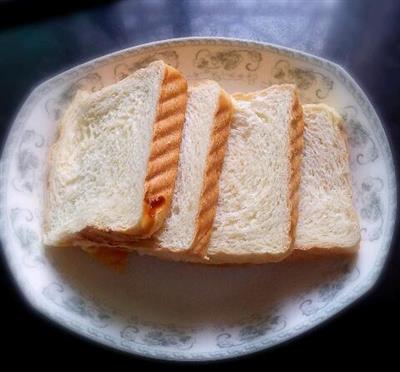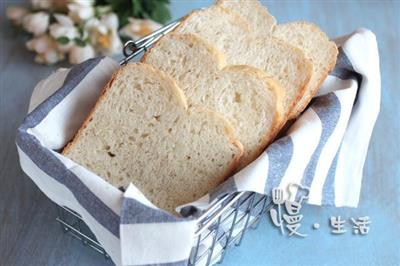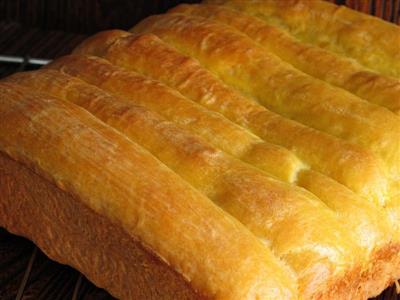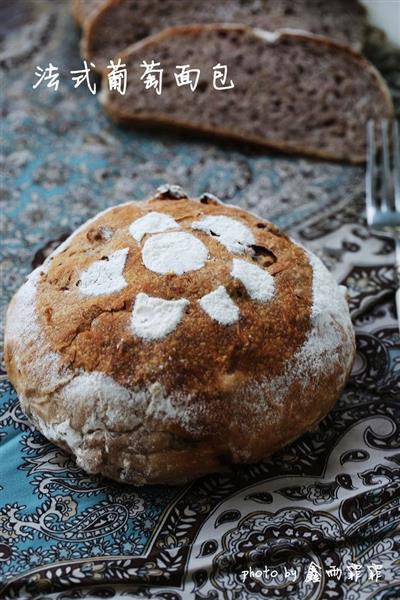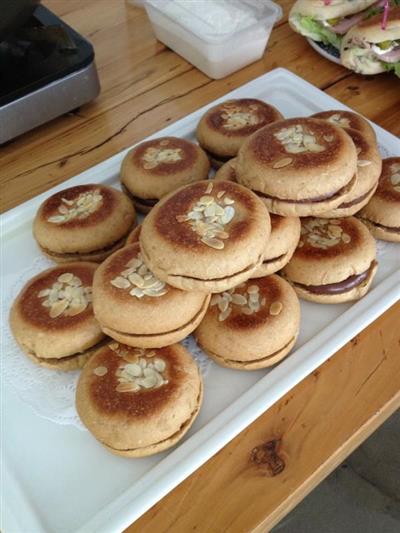French bread
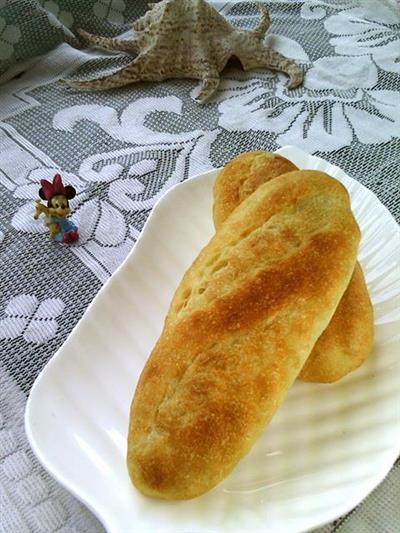
The bread book goes to the back, and the questions are heavy.French bread, if you just look at the original French bread, you won't feel any problem.However, there are two changes that follow it closely.If you only look at these two changes, there will be no problem.However, the question arises whether the fermentation conditions of the yeast species are refrigerated or at room temperature? Basic French bread, with a detailed process and steps for making the dough.After making the liquid, it is covered with a preservative film for 4-18 hours of fermentation, this page is blank, also with a footnote: when making the liquid, if it is summer, it takes 4 hours of fermentation after the day is ready.If it's winter, it takes 18 hours to ferment the same day.This explanation does not cause any confusion.One side calculates how to arrange the fermentation time of the liquid, while the other side flips to the last two changes: shrimp bacon and French cheese bread.Since the same dough is used, both breads no longer have a detailed process for making the dough, but only a concise process for the entire production process, with the temperature conditions and the time required for each process indicated in brackets.Liquid fermentation (4-18 hours in the refrigerator), which is clearly different from the description of raw French bread.There is no mention of refrigerated fermentation in the basic French bread making, and the difference in the time of fermentation between winter and summer does not make it understood as refrigerated fermentation in the refrigerator.Moreover, the temperature in the refrigerator is low and relatively constant, so why is it necessary to ferment for different periods of time in different seasons?In late spring and early summer, the fermentation time is controlled between 4 and 6 hours, and there is probably no problem.A little bit of liquid.The liquid with three dots of water obviously refers to the fermented dough with a higher water content.The 1:1 ratio of flour and water in the recipe also seems to explain the problem.However, turning to the end of the book, in the summary of bread terminology, the liquid method is explained as follows: the production of breads rich in butter, such as cow's horn bread and Danish gingerbread.However, when the temperature of the dough rises, the butter contained in the dough melts.Therefore, the bread made the day before is fermented and then refrigerated overnight in the refrigerator to keep the butter temperature low.Not a drop of butter was used in the French bread dough, so there is obviously no need to worry.And the liquid method that's being explained here, it's supposed to be nocturnal.If you want to understand, then do it.Although it is recorded in terms of the total amount of materials used, only half of it is actually made.Two small, short sticks that look hard on the outside, but are actually soft on the inside and feel good.
WHAT YOU NEED
Ingredients
75 grams of starchDry yeast 0.3 g75 ml of water175 grams of starch1.5 grams of dry yeast90 ml of water0.5 grams of salt4.5 grams of salt1 g of malt sugar1/10 cup of vitamin C solutionAll the liquids
How TO MADE French bread
Steps 1 to 4
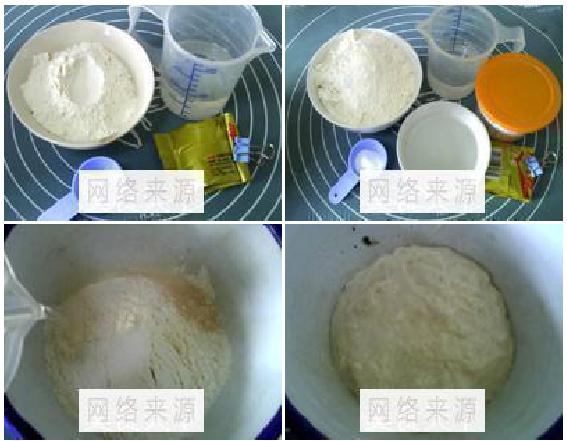
1. Liquid: 75 grams of starch, 0.5 grams of salt, 0.3 grams of dry yeast, 75 ml of water
2. The main dough: 175 grams of starch, 4.5 grams of salt, 1.5 grams of dry yeast, 1 grams of malt sugar, 90 ml of water, 1/10 cup of vitamin C solution, all liquid
3. Pour the liquid into the bowl.
4. Stir into a uniform dough, about 25 degrees, ferment for 4-6 hours
Steps 5 to 8
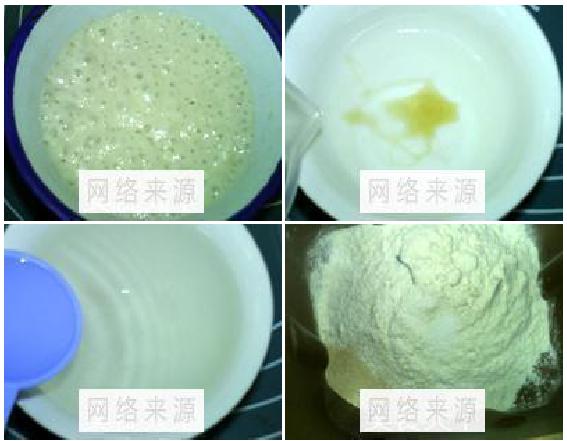
5. The dough rises
6. Pour the dough into the malt sugar with water and stir evenly.
7. Add the vitamin C solution and stir evenly.
8. Pour all the flour into the bucket.
Steps 9 to 12

9. Add to mixed solution
10. Injected liquid
11. Bread maker and dough process 13 minutes
12. Pull out the membrane.
Steps 13 to 16
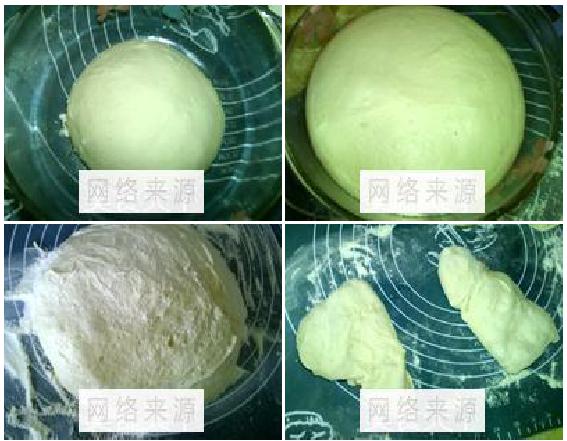
13. Put in a large bowl, 28-30 degrees, ferment for 60 minutes
14. Growing up
15. Pour it out.
16. Cut to 2 points.
Steps 17 to 20

17. Flat, rolled up
18. Turn 90 degrees and roll again.
19. Mouth down and relax for 15 to 20 minutes.
20. It's flat.
Steps 21 to 24

21. Fold the top third to the middle.
22. Turn 180 degrees, fold the remaining one-third in the middle.
23. Yes, fold the interface.
24. Grind into a date kernel, put on a towel, 35 degrees, ferment for 60 minutes
Steps 25 to 28
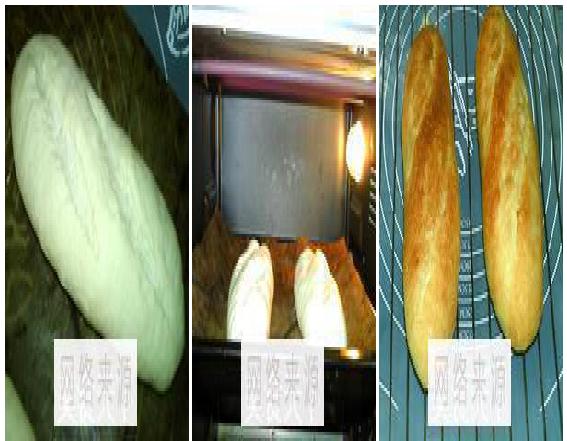
25. The dough is grown and cut into two slices on the surface.
26. Transfer to a preheated pan with the oven, spray water on the surface, put in the oven, middle layer, heat up to 220 degrees, bake for about 20 minutes,
27. Gold on the surface, furnace
Handy cooking tips
Yeast of less than 1 g is not convenient to weigh, so 1 g can be taken first, 0.5 g can be used half, and 0.3 g can be used one third.The baking time and firepower need to be adjusted according to the actual conditions of the oven.
REACTION RECIPES
- Margaret's cookies
- Scone's three-minute soft cream video
- The cranberry pie
- Snowman - a tutorial on how to make sugar cookies
- It's very crispy.
- Fresh mango cookies
- Cherry and cranberry cookies
- Cranberry cookies
- Angry little bird sugar cream cookies
- Red pumpkin seed biscuits
- The two-berry almond cookie
- Chocolate berries
- Sweet potato pie
- Margaret's little cake
- The peanut butter cookie
MOST POPULAR RECIPES
- A little bit of originality
- Hokkaido fried cake
- Fruit cake cups
- Cake of peaches
- Dried coconut muffins
- Red curry cake rolls
- Colorful fruit cream cake
- Oreo cheese cake
- Yoghurt and cherry cake
- Marble tea and honey bean cake
- The mini pumpkin pudding cake
- Chocolate cake
- Old fashioned cake
- Honey cake
- Pure natural spinach cake

 DESSERTS
DESSERTS  BAKING
BAKING  MAIN DISHES
MAIN DISHES  SNACKS
SNACKS  CHINESE FOOD
CHINESE FOOD  HOME
HOME


